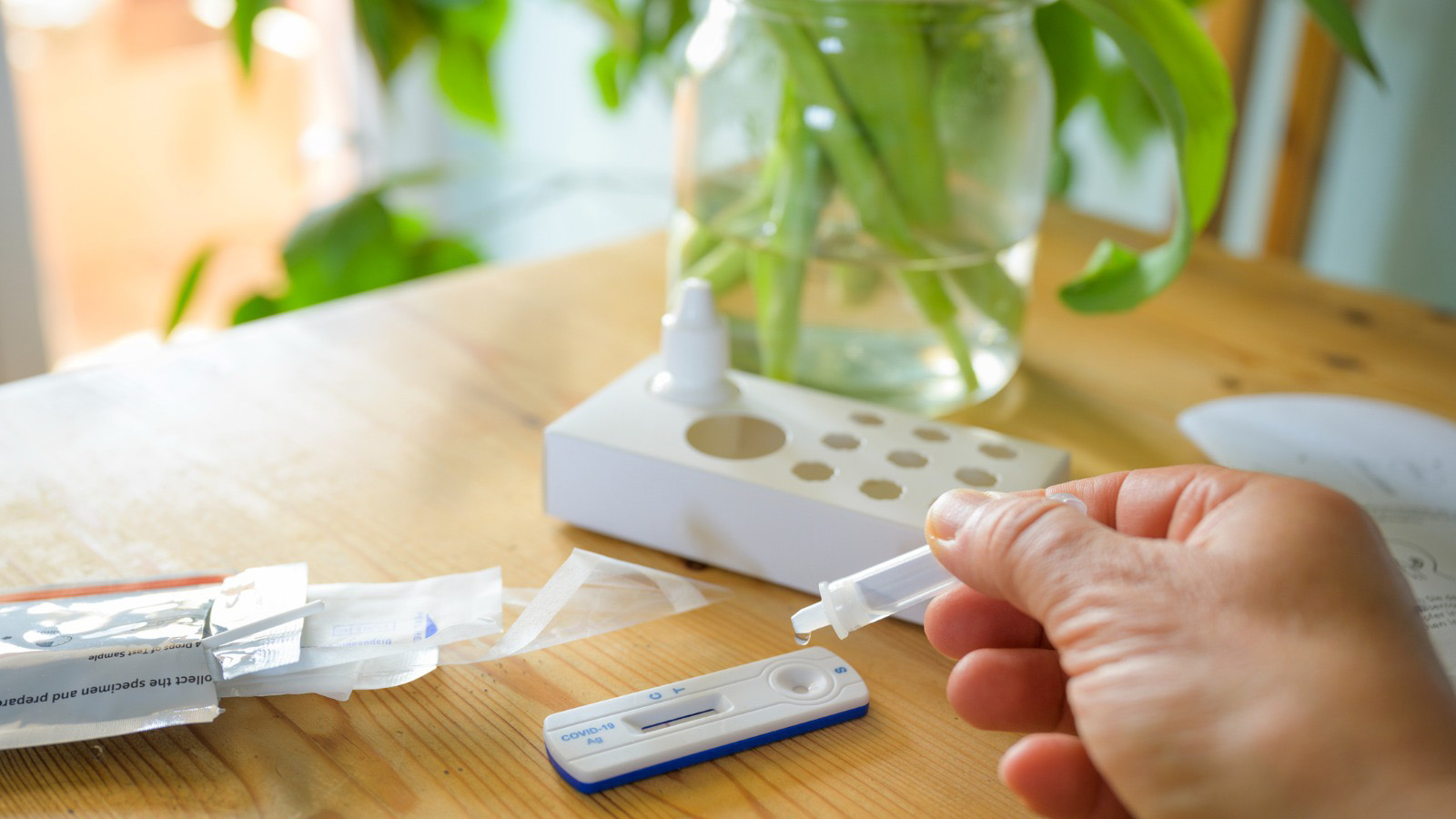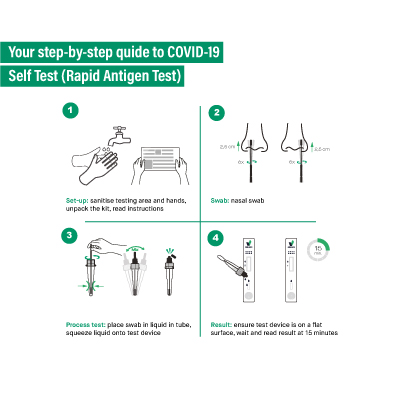No, you cannot test your dog for COVID at home.

Credit: economictimes.indiatimes.com
Step-by-step Guide To Testing Your Dog For Covid At Home
If you suspect that your dog may have been exposed to the Covid-19 virus, testing them at home can help provide peace of mind and ensure their health and safety. While it’s always best to consult with a veterinarian, conducting a test at home can help detect the presence of the virus and allow for timely intervention. Follow our step-by-step guide to conduct a Covid-19 test for your furry friend in the comfort of your own home.
Gathering The Necessary Materials
To conduct a Covid-19 test for your dog at home, you’ll need the following materials:
- Covid-19 test kit for dogs (ensure it’s approved for home use)
- Gloves
- Clean, sterile containers for saliva and fecal samples
- Appropriate waste disposal bags
Preparing Your Dog For The Test
Before collecting any samples, it’s important to prepare your dog for the testing process. Follow these steps:
- Ensure your dog is calm and in a comfortable environment
- Put on the gloves to protect yourself and your dog from any potential contamination
- Offer your dog treats or rewards to create a positive experience
Collecting Saliva And Fecal Samples
Collecting saliva and fecal samples is crucial for accurate testing. Here’s how to do it:
- For saliva samples, gently hold your dog’s mouth open and place a sterile swab or cotton ball under their tongue for a few seconds. Repeat this process several times to ensure an adequate sample.
- For fecal samples, use a clean, disposable container and collect a small portion of your dog’s stool. Make sure to wear gloves and avoid any contact with the sample.
- Seal the containers properly to prevent any leakage or contamination.
Using The Test Kit Correctly
Follow the instructions provided with the test kit to ensure accurate results. Generally, the process involves:
- Using the provided tools, transfer the saliva and fecal samples into the test kit containers.
- Seal the containers tightly and activate any necessary reagents as specified in the instructions.
- Place the containers in the designated slots or compartments within the test kit.
- Close the test kit securely, ensuring it’s properly locked or sealed.
Interpreting Results
Wait for the specified time mentioned in the test kit instructions. Once the indicated time has passed, check the kit for results. Interpret the results as per the guidelines provided by the manufacturer.
If you’re unsure about the results or suspect any discrepancies, it’s best to consult with a veterinarian for further guidance and assistance.

Credit: www.fda.gov
Alternative Options For Covid Testing In Dogs
While Covid testing in dogs has primarily been carried out by veterinary laboratories, there are alternative options available for pet owners who wish to test their dogs for Covid at home. These alternative options provide convenient and accessible ways to monitor the health of your furry friends. Here are two alternative options for Covid testing in dogs.
Testing Through Veterinary Laboratories
If you prefer a more reliable and accurate Covid test for your dog, testing through veterinary laboratories is recommended. Veterinary laboratories have the necessary equipment and expertise to perform Covid tests specifically designed for dogs. These tests involve collecting samples such as saliva and fecal matter from your dog and sending them to the laboratory for analysis. Through this process, veterinary professionals can detect the presence of the virus in your dog’s system. It is important to consult with your local, state, or federal public health and animal health agencies to make sure you find a reputable veterinary laboratory for testing.
Other At-home Testing Options
For pet owners who prefer the convenience of testing their dogs for Covid at home, there are also at-home testing options available. These tests typically involve collecting samples from your dog using kits provided by certain companies. The samples are then sent back to the company for analysis. While these at-home tests may not be as accurate as laboratory tests, they can still provide useful information and help monitor the health of your dog. It is important to note that these tests should be used as a screening tool and any positive results should be confirmed through further testing by a veterinary professional.
When considering these alternative options for Covid testing in dogs, it is essential to take into account the recommendations of the USDA and CDC. These organizations provide guidelines and information on Covid testing in animals to ensure the health and safety of both pets and humans. Following their recommendations will help ensure that you make informed decisions regarding the testing and overall well-being of your furry companions.

Credit: www.barnesandnoble.com
Frequently Asked Questions Of Can I Test My Dog For Covid At Home
How Can I Tell If My Dog Has Covid?
You can tell if your dog has Covid by looking for symptoms such as fever, coughing, difficulty breathing, lethargy, sneezing, runny nose, eye discharge, and vomiting. It is not recommended to use human Covid tests on dogs.
Can I Test My Dog For Covid With Human Test?
No, you cannot test your dog for Covid with a human test. Testing for animals requires specific reagents that are not used in human testing. It is recommended to consult with a local, state, or federal public health and animal health authority for testing animals.
Can I Pass Covid To My Dog?
No, you cannot pass Covid to your dog. There is no evidence that dogs can spread the virus.
What Is In The Buffer Solution For Covid Test?
The buffer solution for a COVID test contains specific reagents not required for human testing. Animal testing is recommended through local, state, or federal public health and animal health agencies. Private veterinary laboratories also offer testing services. Collecting saliva and fecal samples from your pet can be done at home for testing.
Conclusion
Testing your dog for Covid at home is a feasible option. While dogs can detect Covid better than tests, symptoms to look out for include fever, coughing, difficulty breathing, and lethargy. It’s important to note that testing performed on animals may use different reagents than those used in human tests.
However, you can get your pet tested by collecting saliva and fecal samples from the comfort of your home. Just remember to consult your local, state, or federal public health and animal health authorities for guidance.



